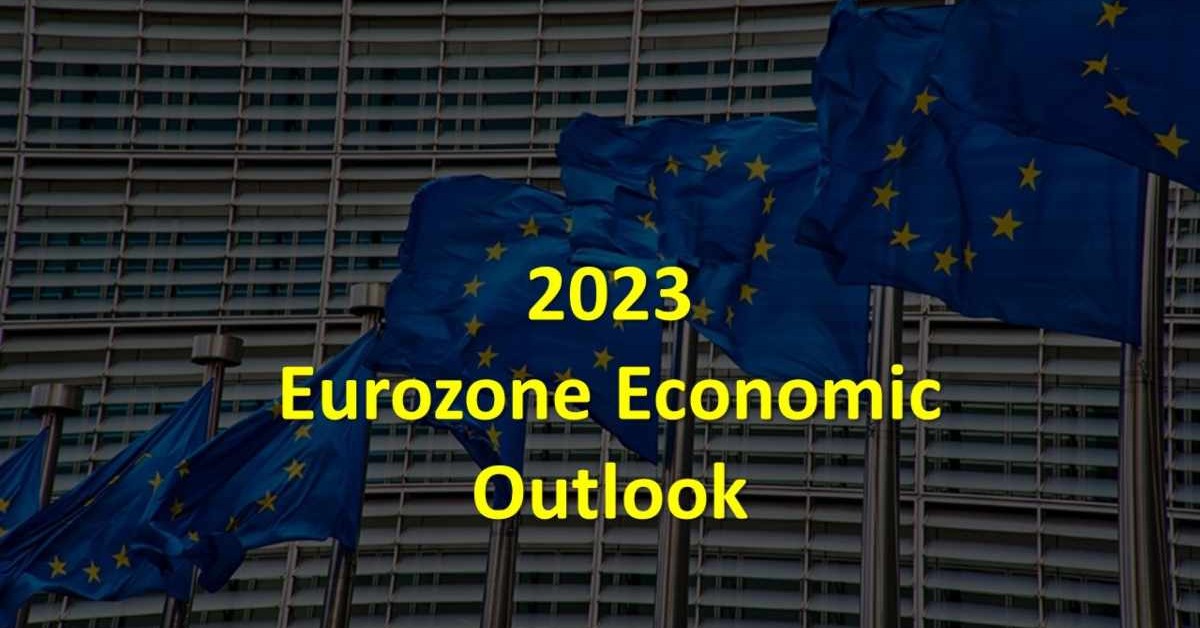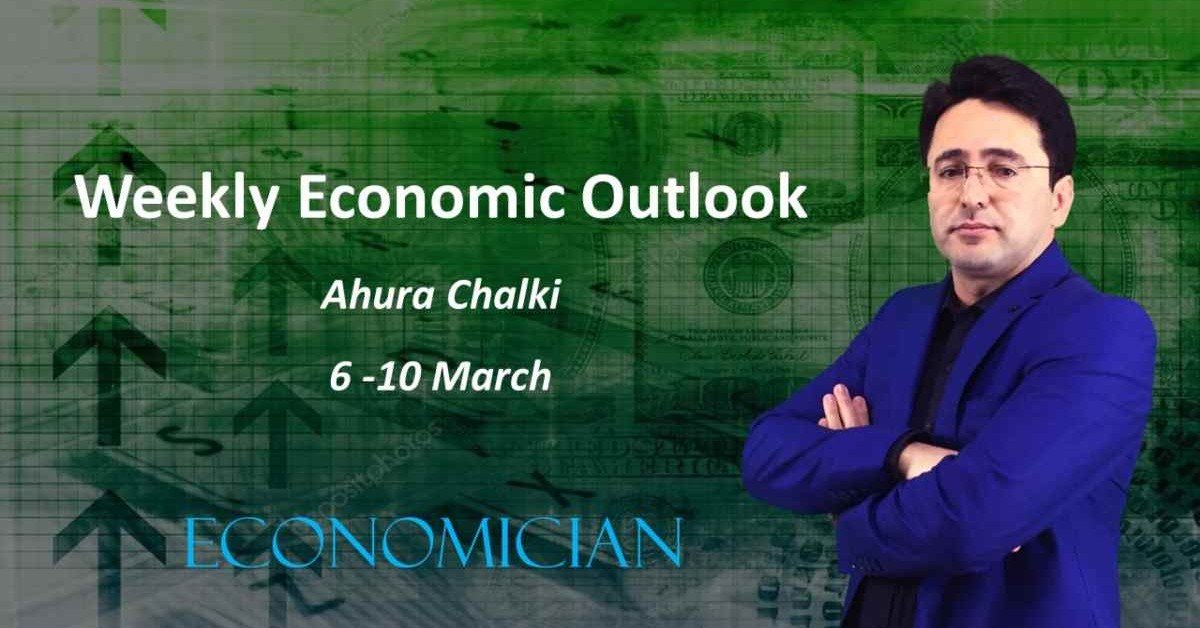Europe can face more challenges in the first half, but it does not mean the second half will be so bright.
After passing through a terrible year, Europe enters a difficult transition period in 2023. While the world was preparing to celebrate the victory over Covid-19 and a new beginning and analysts were discussing different possible recovery shapes, President Putin entered the world into a new and historical period by attacking Ukraine. However, along with the two warring parties, namely Ukraine and Russia, European countries were the primary victim of this tension, which of course, could have been avoided.
Since Russia and Ukraine are both critical countries for supplying commodities, especially wheat, corn, oil, and gas, this war affected the global market badly. European countries have been counting on Russian Gas and Oil and Ukrainian wheat for a long time, based their economy on Russian energy. The war in Ukraine raised the industrial and manufacturing production price in Europe much more than any other economy, which was and still can be a net loss for this continent. CPI and PPI in Eurozone tested multi-decade highs at 10.7% and 43.3% in 2022 before slowing down in recent months.
The European Commission expects just 0.3% GDP growth in 2023; in 2024, economic growth is projected at 1.5%. In 2022, the first half was okay, and with easing the Covid restrictions, consumers spent more, which helped the GDP growth. However, in the second half and with mentioned challenges, inflation raised, consumer purchasing power decreased, financial conditions tightened, and most European countries entered into recession in the fourth quarter, which is expected to continue in the first quarter of 2023 as well.
According to the preliminary estimates of the European Commission, headline inflation in the Eurozone, which surged to 10.7% in September, is the highest rate in the history of the monetary union, and annual inflation for 2022 is projected at 8.5%. For 2024 the Commission forecasts inflation at 2.6%. For 2023, inflation is expected to decline to 6.1%, but still, it is so high and three times bigger than the ECB target.
Like the United States, despite weaker economic indexes, the labor market could stay strong, with employment and participation at their highest and unemployment at its lowest in decades. The unemployment rate was at a record low of 6.6% in September. For 2023, the Eurozone unemployment rate is forecast to rise to 7.2% before falling to 7.0% in 2024
Due to expected GDP, inflation, consumer spending, and the Labor market, Euro can face more challenges in the first half of 2023, but it does not mean that the second half will be so bright. EURUSD is expected to move between 1.00 and 1.15 for the coming year.


















